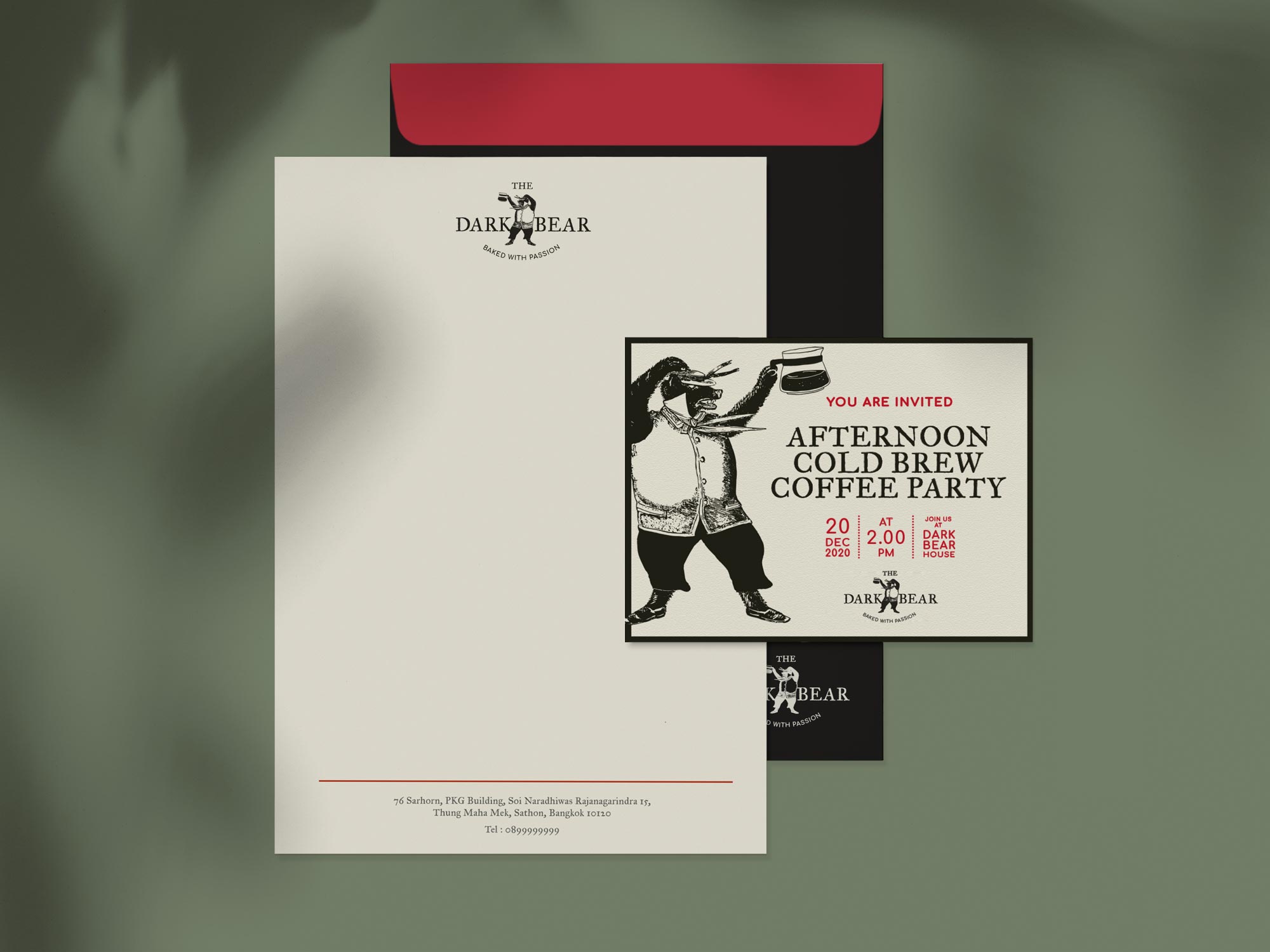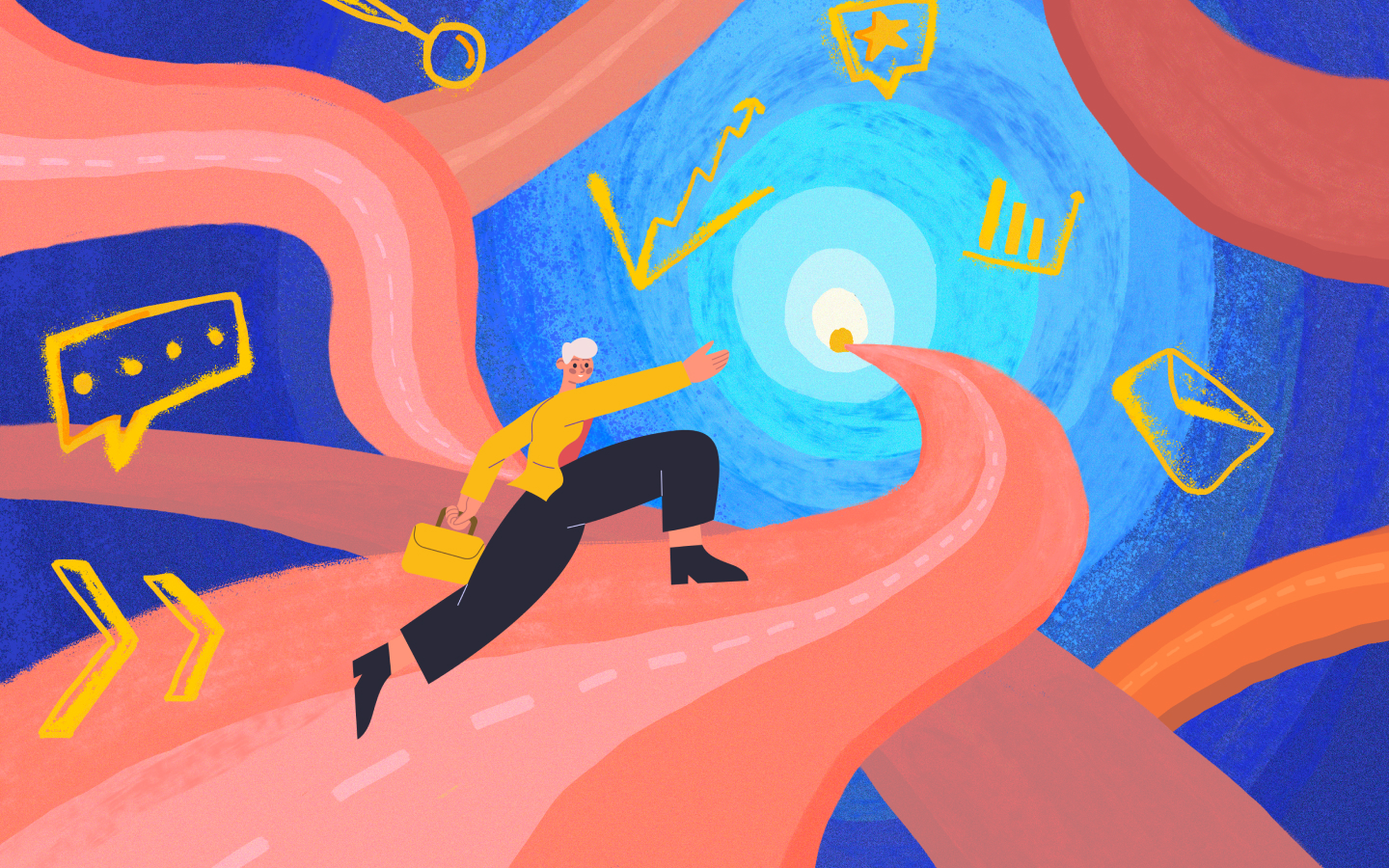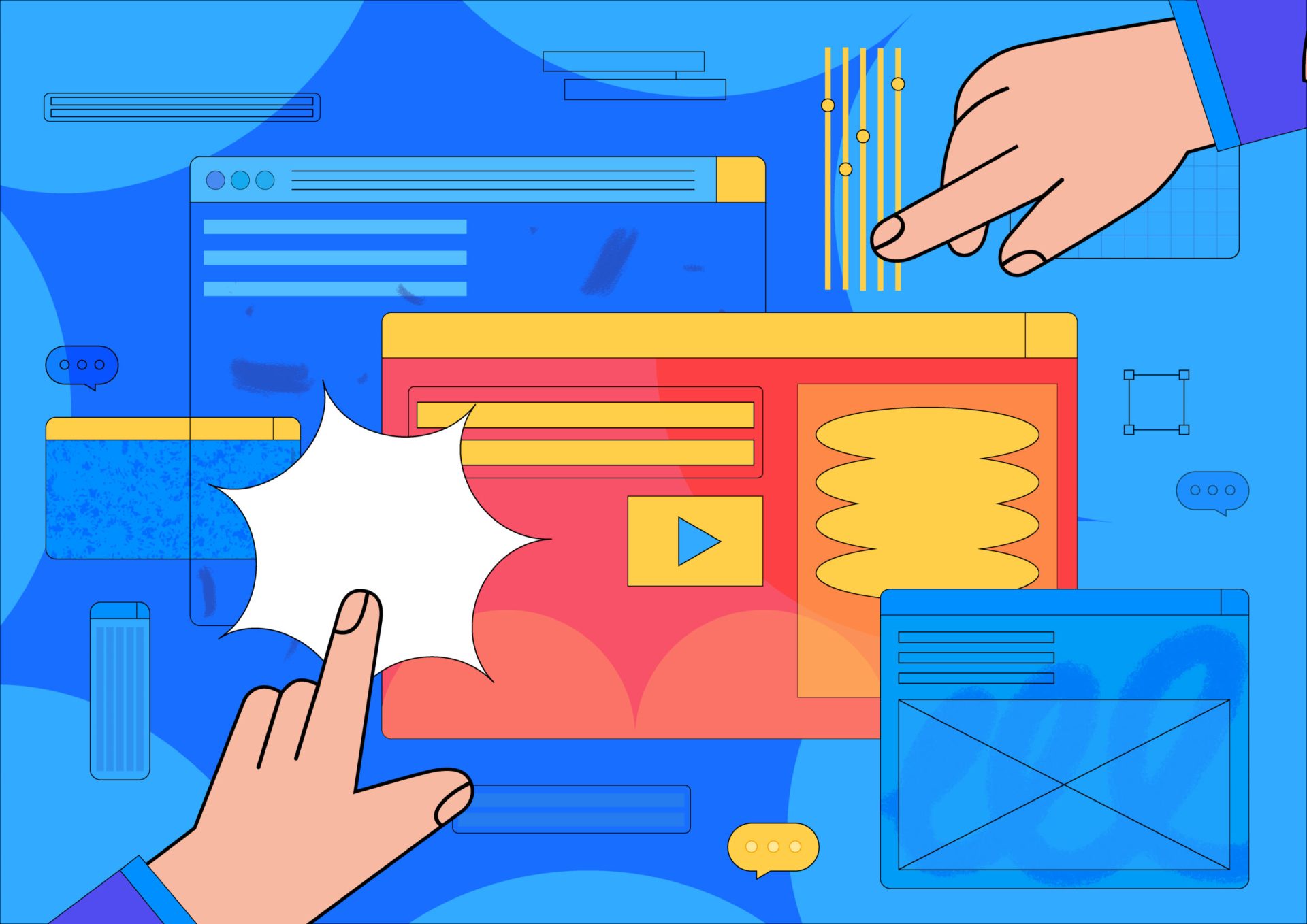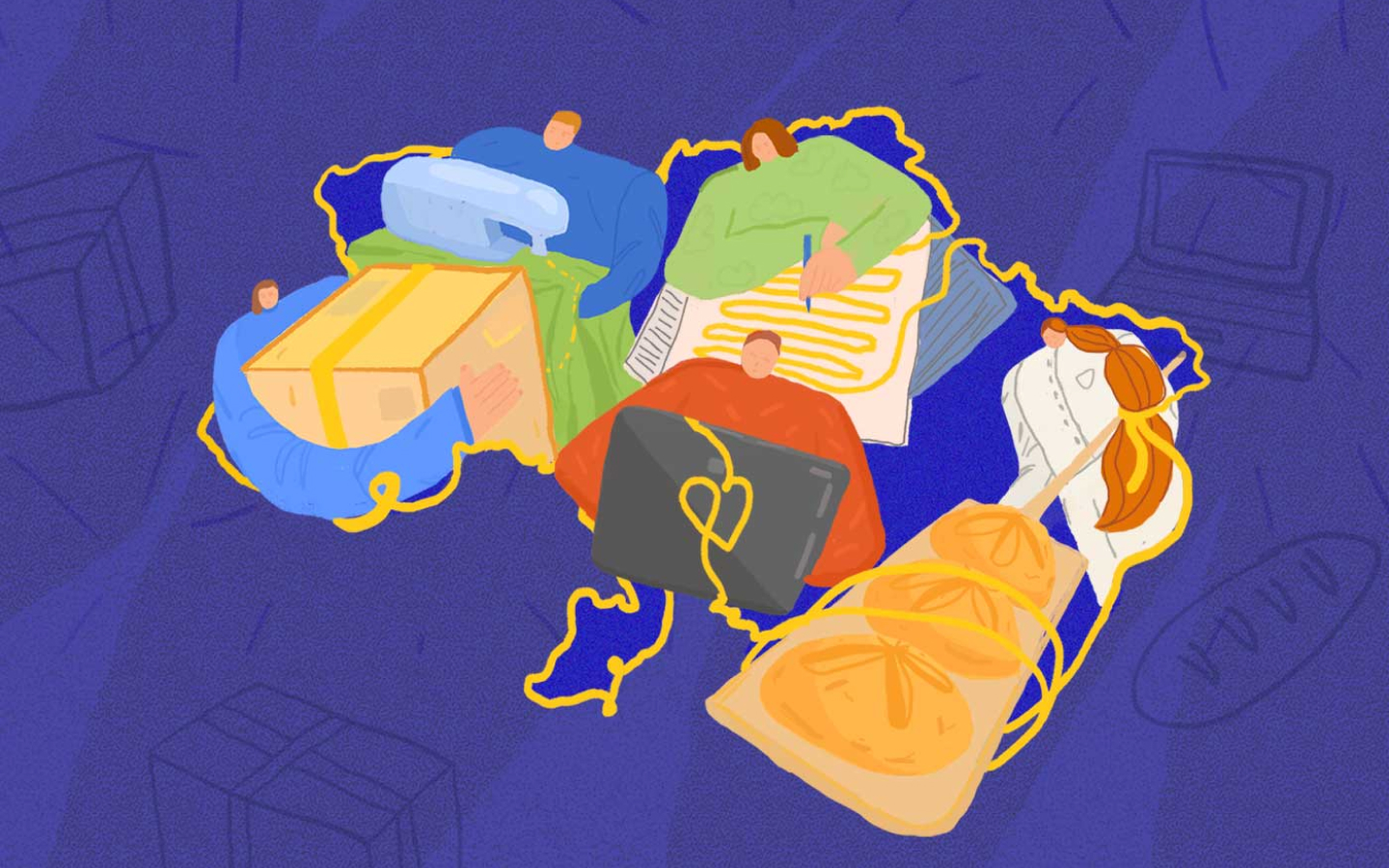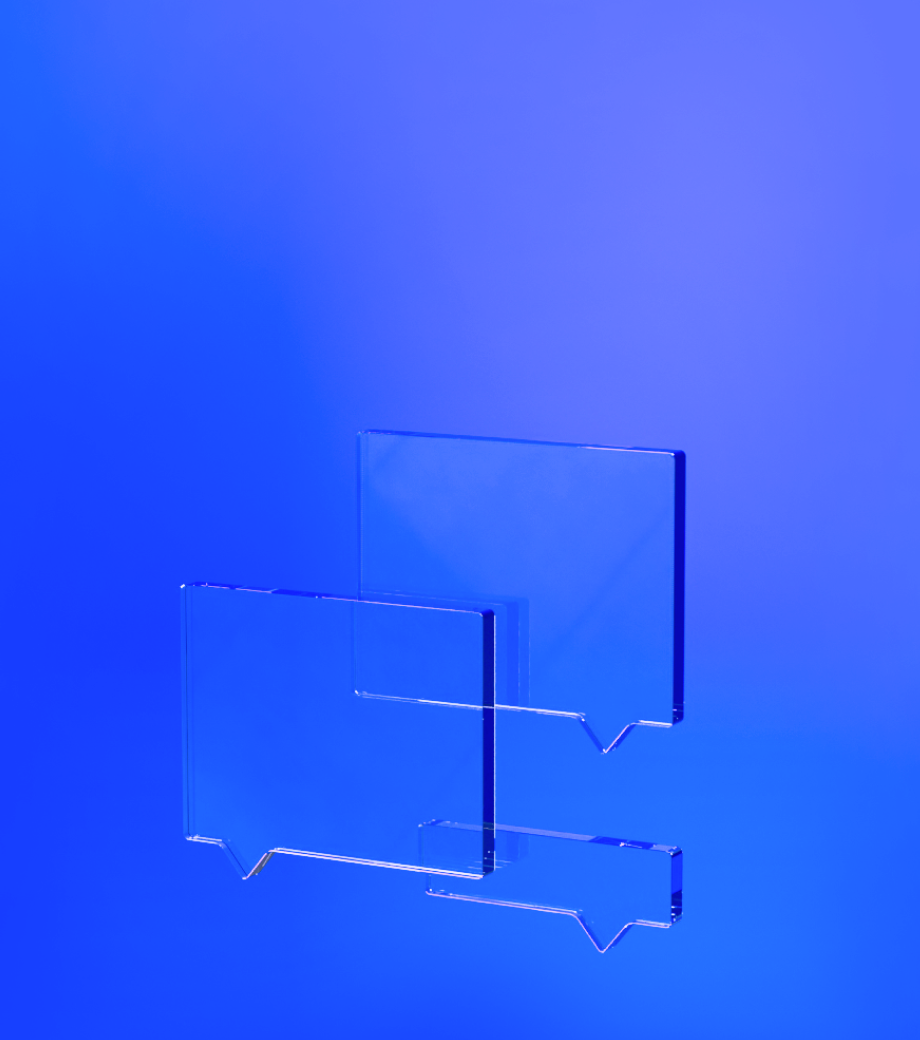pandemic’s influence stretches far and wide, including website design trends.
Embracing a more playful and holistic vibe created a calm and space amidst the chaos and isolation brought on by lockdown. Design aesthetics change at a slow and gradual pace in normal times, but these are certainly not “normal times.” With so much confusion and instability happening in today’s world, it’s hard to notice the shifts in design and digital trends, but that doesn’t take away from the fact that these two years have prompted some seismic design upheavals. Due to the pandemic and pressing global climate crises, the new generation of movers and shakers is leaving their mark and impact earlier and younger than usual.
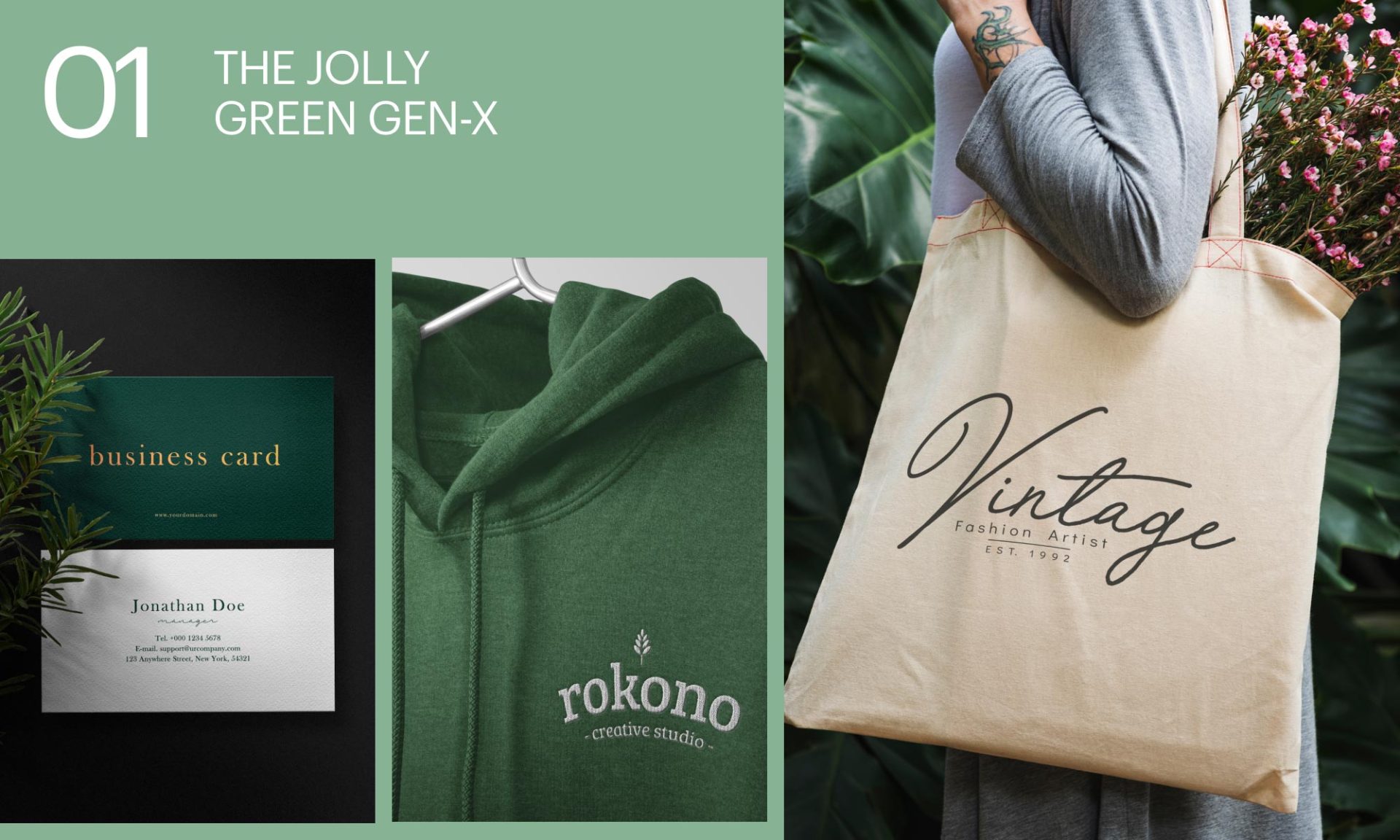
The Jolly Green Gen-X
Gen-X is having their moment. As they come into their own, their opinions, influence, and voice are loud and clear. Their effect on marketing and advertising can be seen far and wide: hitting home trends of inclusivity, environmentalism, and community. The dominance of the 2010’s stark, minimalistic, and austere aesthetic is becoming stale and passée. Instead, today’s youths are bringing in a more playful, colorful, and collaborative mood.
Top website designers are unveiling a bold and bubbly vibe, keeping it lively and cheeky but without too much overwhelm fussy design or unnecessary features. This perfectly coincides at a time when the world needs a big collective sigh of relief and is seeking a lighthearted and easy-trekking escape.
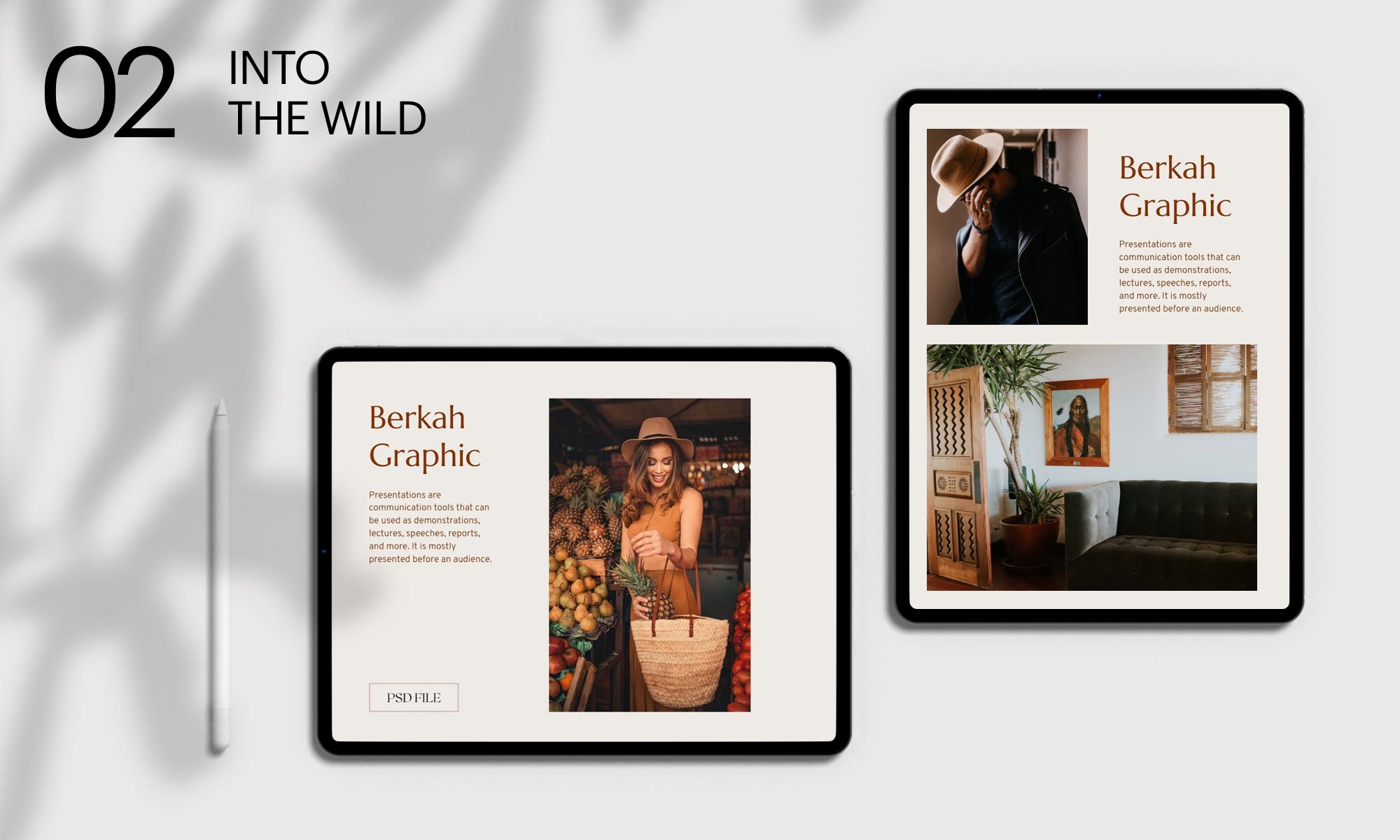
Into the Wild
Escapes and distractions were needed more than ever, and nature took the reigns. With inside spaces not providing a viable option for social gatherings or extracurricular activities, we ventured to the great outdoors- and fashion and design took note. Both industries started painting with neutral earth tones color palates, featuring nature as the backdrop (or even main character) in ad campaigns, and implementing environmental issues as the primary call-to-action.
It’s certainly no new news that eco-awareness is an urgent topic, with again Gen-X taking charge, demanding sustainability reforms using social media as a platform and conducting climate change strikes. Additionally, nature/wilderness-based content has blossomed, giving a visual breath of fresh air for many of those living in grey cinderblock cities (a la Cottagecore“).
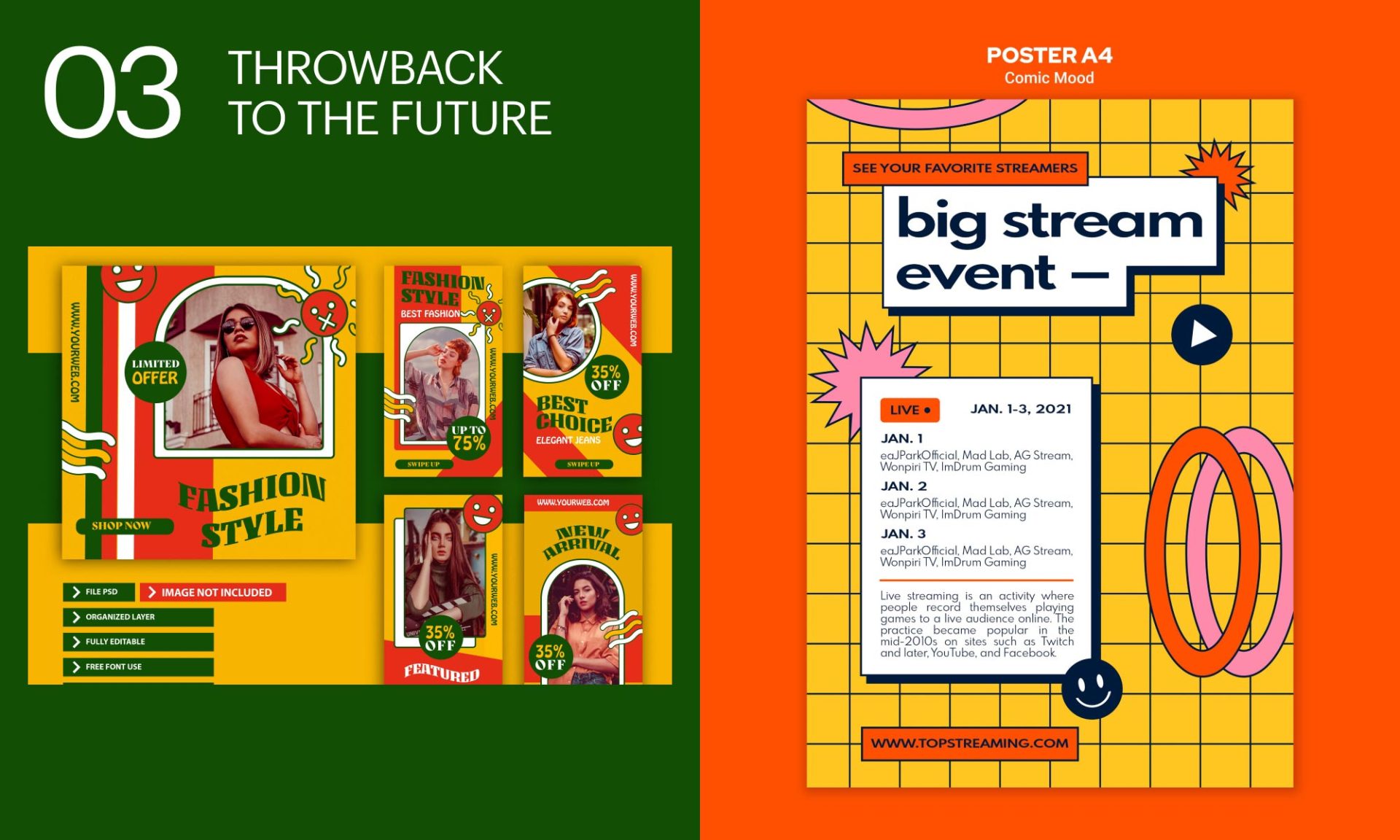
Throwback to the Future
Typography trends popping up on websites are round, oversized fonts illustrative of the ’70s and ’60s while maintaining a futuristic trajectory. Speaking of decades, the ’90s are also clearly back. Sorry Millennials, but that means so is the fashion, hairstyles, and youth attitudes. The blend of these three decades lends itself to a unique and exciting burst of creativity. Advertisement and design partners also embrace this experimental aura with esoteric and even psychedelic visuals and content: again, on-brand with the light-hearted, optimistic, and holistic trends.
But new tech innovations and user experience are still the prevailing keys driving us in design (this is the 21st century, after all.) A favorite new web trend is ScrollyTelling, where the reader is greeted with interspersed pictures/quotes/animations that pop up while scrolling. Novel website ideas also include interactive “choose your own adventure” themed experiences and side-scrolling, where you horizontally scroll through a site like a book.

App-Like
It goes without saying that websites must have a mobile adaptation, with a clear and user-friendly screen. Now the percentage of cellphone users is higher than computer users (51%!). That means that digital creators need to prioritize the mobile experience above the desktop, a first in our web-centric history. Therefore, website designers are choosing to build desktop sites in the app style right from the get-go. One of the advantages of creating app-like websites is accessibility functions like voice command and voice narration. This contributes to making the internet a more inclusive and accessible place for everyone.
Conclusion
We have introduced you to the newest trends and predictions for the web, with the pandemic being at the helm of which direction we are going. Big tech will continue to push us in the world of VR (hello “Metaverse), and websites will need to keep an eye on that horizon as well. Google also rolled out its Page Experience, affecting how and which pages are displayed in search results, depending on the site’s speed and stability.
With all this said, it is impossible to say precisely where the future is going and how we will be led there. Nevertheless, we can use these last two years as an example of how art and creativity cannot be squandered nor stifled, and that should give us all a little ray of sunny hope.
